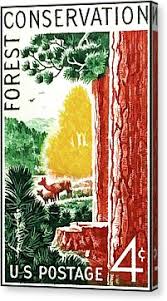Recent studies have shown that arthropods—insects, arachnids and other small, hard-bodied animals—are in trouble, from massive declines in the biomass (total weight) of flying insects to regional extinctions in a number of insect groups, such as butterflies. A new large-scale study across a number of habitats in Germany has found that the problem may be more extensive than previous research suggests.
Between 2008 and 2017, an international team of researchers sampled arthropods from 150 grassland and 140 forest sites in three regions of Germany. The final dataset recorded the occurrence of more than one million individual insects and spiders representing 2,675 species, which the team analyzed to see how populations changed over time.
Overall, they found a loss of species diversity across both habitat types. In grasslands, there were significant declines in arthropods’ biomass, number of individuals, and number of species (67 percent, 78 percent, and 34 percent, respectively) over the ten studied years. These losses were reported across the food web: in decomposers such as dung beetles, herbivores such as grasshoppers, and predators such as spiders. Rare arthropods were most impacted, which “has led to the local extinction of some species,” said lead author Sebastian Seibold, of the Technical University of Munich. Research sites surrounded by agricultural landscapes showed even more significant declines, though the investigators were not able to point to the exact mechanisms—such as pesticide use or habitat alteration—that might be the cause.
In forest ecosystems, the team reported a decline in the mass and number of species (41 percent and 36 percent, respectively), but not in the total number of individual arthropods. Some species, including potential pests and invasive herbivore species, increased in wooded areas that had been working timber stands and were being returned to broadleaf forests.
Seibold believes that piecemeal work to stave off arthropod declines, such as taking measures on one farmer’s field or a single protected area at a time, would be relatively ineffective. “There is something [happening] on a pretty large spatial scale,” he said. “What we need is a more spatially coordinated approach.”
Source: Natural History, February, 2020
http://www.naturalhistorymag.com/samplings/313746/bug-loss

- Login om te reageren
